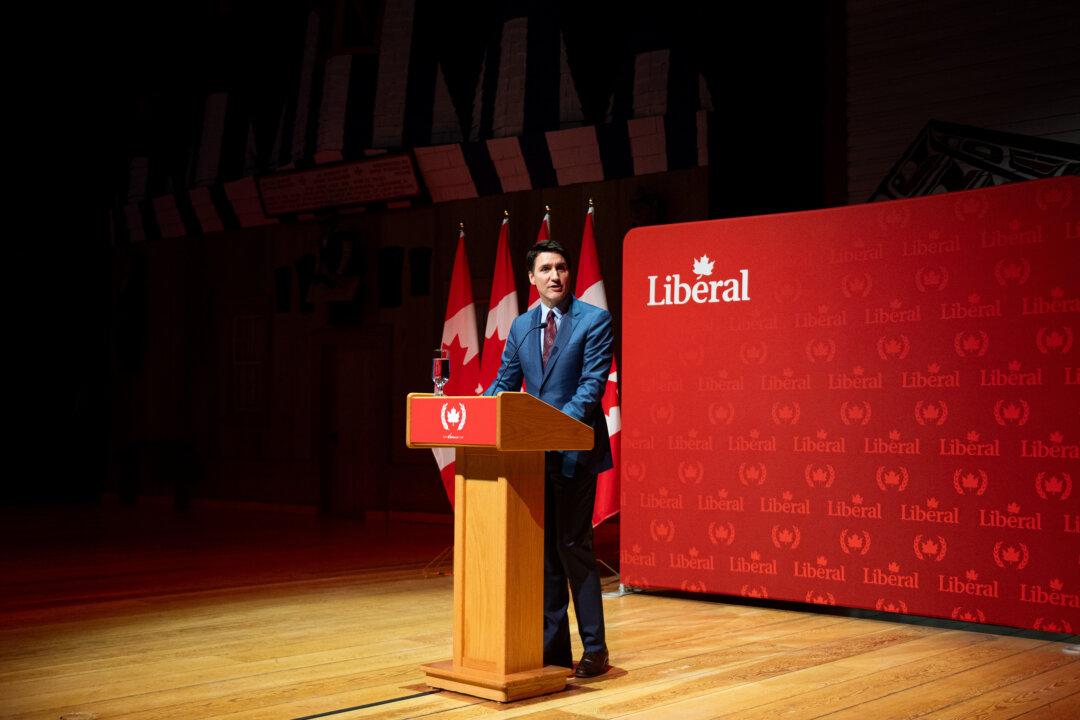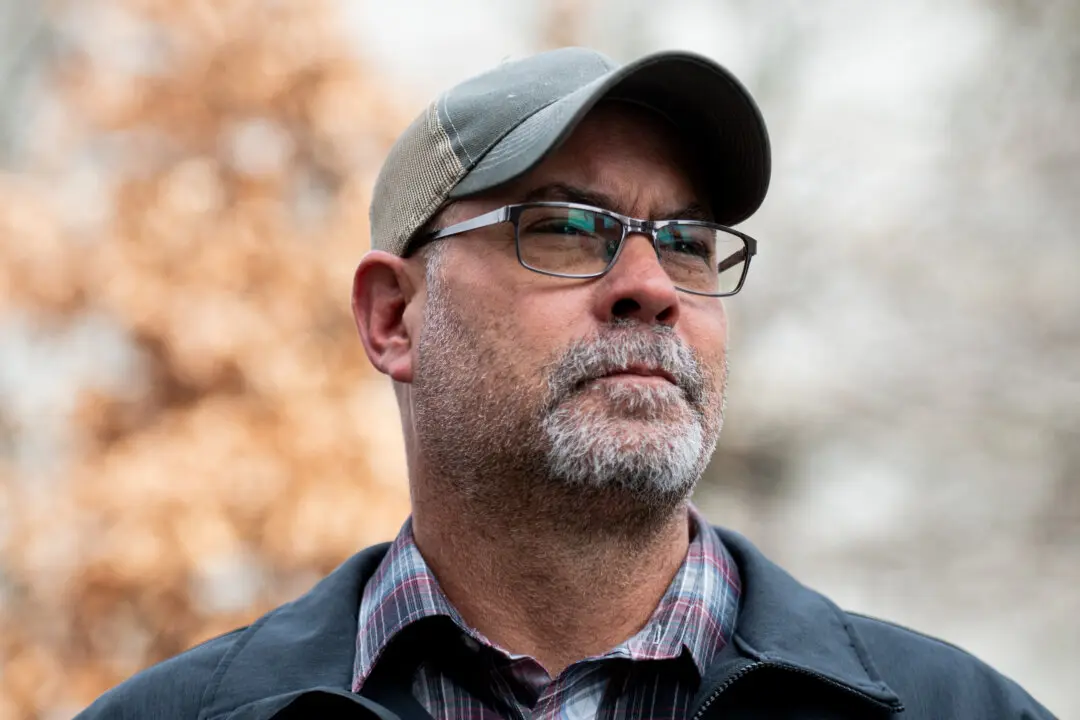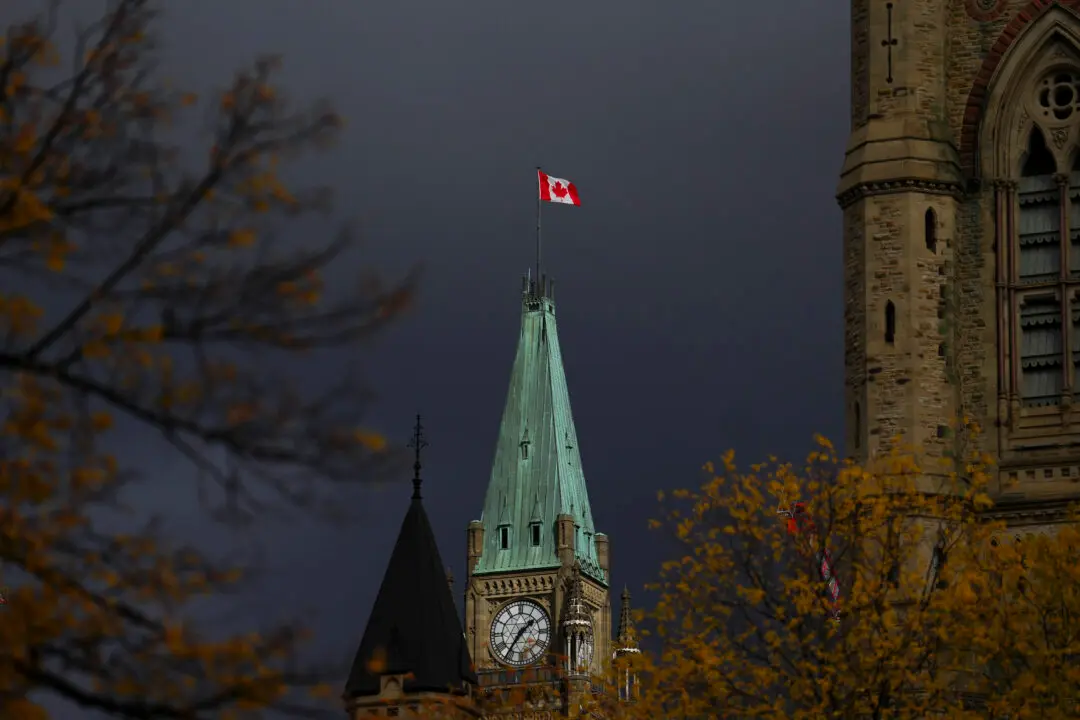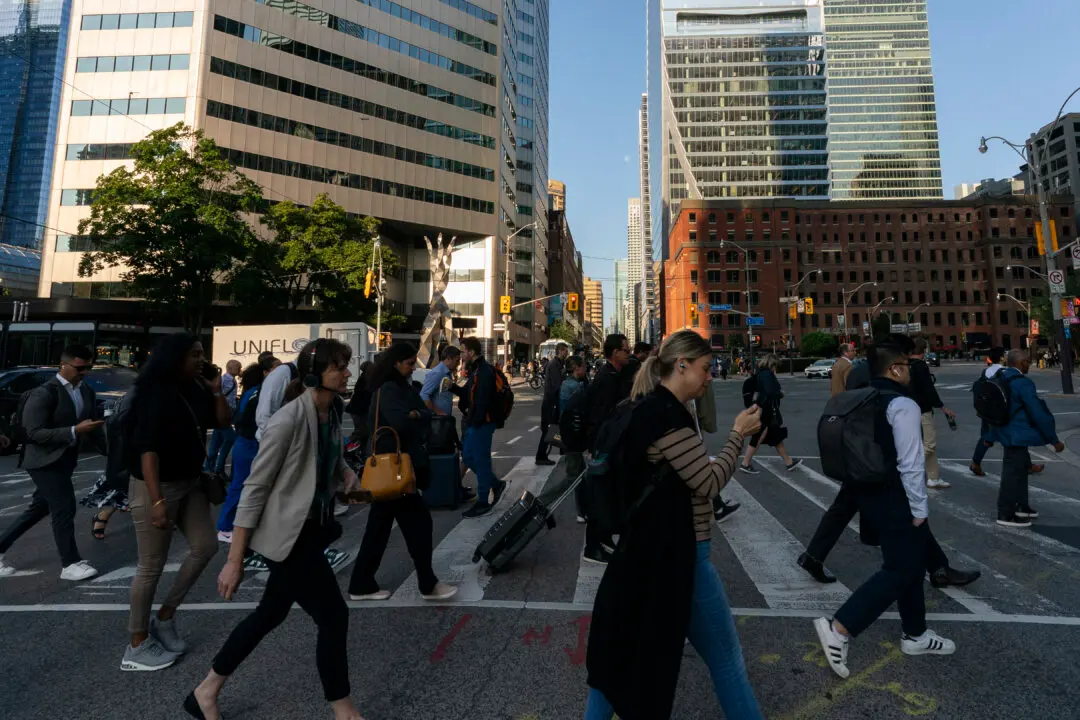News Analysis
Justin Trudeau took the Liberals from third-party status to a majority government in 2015 with his personal brand. Nine years later, his popularity and that of his party have faded, the latest blows being the resignation of senior cabinet ministers and calls from caucus members for Trudeau’s resignation.




